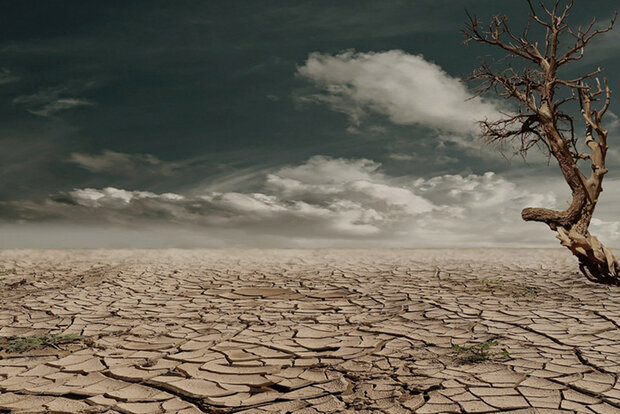Dry future likely unavoidable for Southwest, but reducing greenhouse gases can still help
Megadroughts can desiccate Southwestern landscapes. Credit: NOAA
For the past two decades, the southwestern United States has been desiccated by one of the most severe long-term droughts—or ‘megadroughts’—of the last 1,200 years. And now, scientists say the risk of similar extreme megadroughts and severe single-year droughts will increase in the future as Earth’s temperature continues to rise, according to a new study in Earth’s Future sponsored by CPO’s Modeling, Analysis, Predictions, and Projections (MAPP) program and led by NASA’s Goddard Institute for Space Studies (GISS). The study was also supported by the CPO-led National Integrated Drought Information System (NIDIS).
More specifically, the study showed that, regardless of future levels of greenhouse gas emissions, the warming climate has locked in an elevated risk of intense megadroughts for the region. However, mitigation measures—efforts to reduce the amount of greenhouse gases in the atmosphere—can and do reduce the risk of intense single-year droughts. The severity of megadroughts declines with mitigation as well, making their impacts less damaging.
Read more at the link below.
